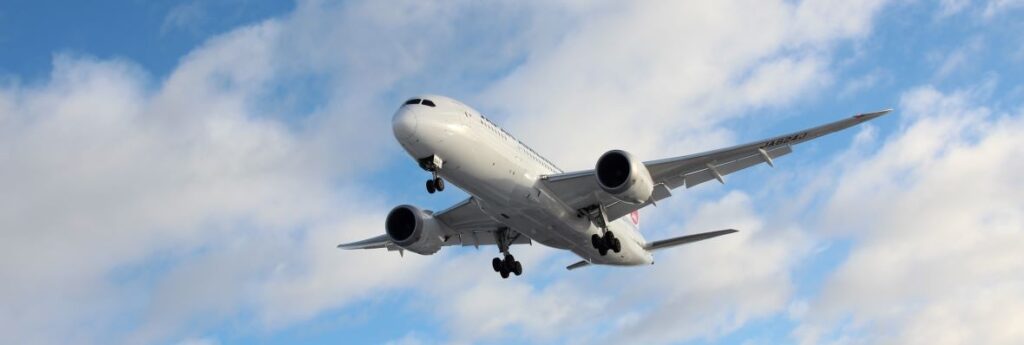IATA says it’s too early to say how much impact the Russian invasion of Ukraine will have on its optimistic forecast for the airline sector after omicron. While the association acknowledges there are clearly “downside risks” to the conflict, at the same time it maintains that “air transport is resilient against shocks and this conflict is unlikely to impact long-term growth.”
Naturally, the impact of the war will be felt most severely in Russia, Ukraine, and neighbouring areas, says IATA, adding “sensitivity factors will include the geographic extent, severity, and time-period for sanctions and/or airspace closures.”
Further, airline costs as a result of fluctuations in energy prices or rerouting to avoid Russian airspace could have broader implications and consumer confidence and economic activity are likely to be impacted even outside of Eastern Europe, says IATA.
Prior to Russia’s unprovoked invasion of Ukraine last week, IATA’s latest forecast had predicted that overall traveller numbers would reach 4 billion in 2024 (counting multi-sector connecting trips as one passenger), exceeding pre-COVID-19 levels (103% of the 2019 total).
Expectations for the shape of the near-term recovery have shifted slightly, reflecting the evolution of government-imposed travel restrictions in some markets; however, the overall picture presented in the latest update to IATA’s long-term forecast remained largely unchanged from what was expected in November, prior to the omicron variant.
“The trajectory for the recovery in passenger numbers from COVID-19 was not changed by the omicron variant,” stated IATA Director General Willie Walsh. “People want to travel. And when travel restrictions are lifted, they return to the skies. There is still a long way to go to reach a normal state of affairs, but the forecast for the evolution in passenger numbers gives good reason to be optimistic.”
The February update to the long-term forecast includes the following highlights:
• In 2021, overall traveller numbers were 47% of 2019 levels. This is expected to improve to 83% in 2022, 94% in 2023, 103% in 2024 and 111% in 2025.
• In 2021, international traveller numbers were 27% of 2019 levels. This is expected to improve to 69% in 2022, 82% in 2023, 92% in 2024 and 101% in 2025.
• In 2021, domestic traveler numbers were 61% of 2019 levels. This is expected to improve to 93% in 2022, 103% in 2023, 111% in 2024 and 118% in 2025.
This is a slightly more optimistic near-term international recovery scenario compared to November 2021, based on the progressive relaxation or elimination of travel restrictions in many markets.
North America
The forecast also says that after a resilient 2021, traffic to/from/within North America will continue to perform strongly in 2022 as the US domestic market returns to pre-crisis trends, and with ongoing improvements in international travel. In 2022, passenger numbers will reach 94% of 2019 levels, and full recovery is expected in 2023 (102%), ahead of other regions.
However, IATA includes Canada in a list of countries (including China, Japan, and Australia), where the outlook for the evolution of domestic traveller numbers is slightly more pessimistic than in November.
“The biggest and most immediate drivers of passenger numbers are the restrictions that governments place on travel,” said Walsh.
To that end, IATA has reiterated its call for:
• The removal of all travel barriers (including quarantine and testing) for those fully vaccinated with a WHO-approved vaccine
• Pre-departure antigen testing to enable quarantine-free travel for non-vaccinated travellers
• Removing all travel bans
• Accelerating the easing of travel restrictions in recognition that travellers pose no greater risk for COVID-19 spread than already exists in the general population.
“Fortunately,” said Walsh, “more governments have understood that travel restrictions have little to no long-term impact on the spread of a virus. And the economic and social hardship caused for very limited benefit is simply no longer acceptable in a growing number of markets. As a result, the progressive removal of restrictions is giving a much-needed boost to the prospects for travel.”

